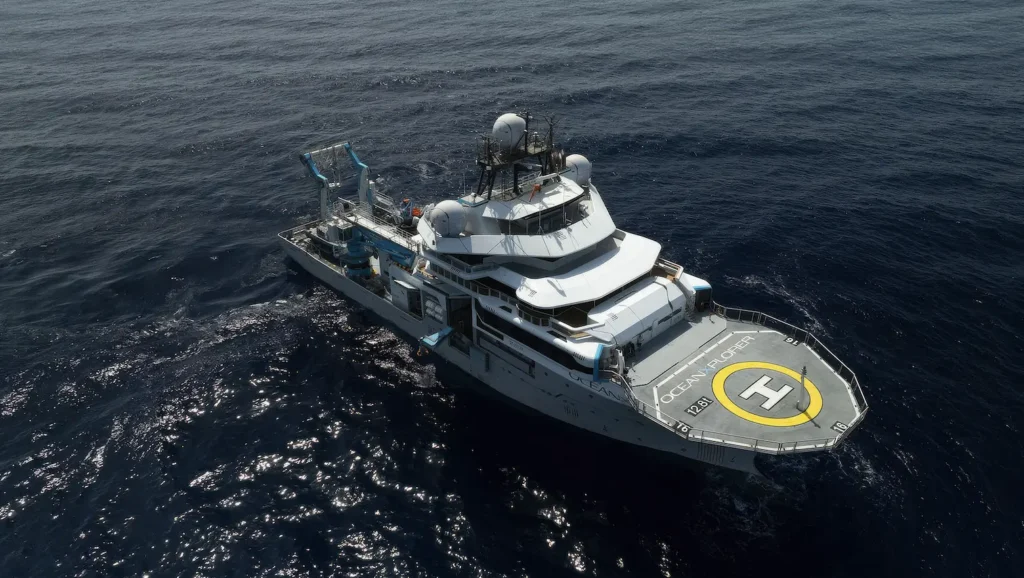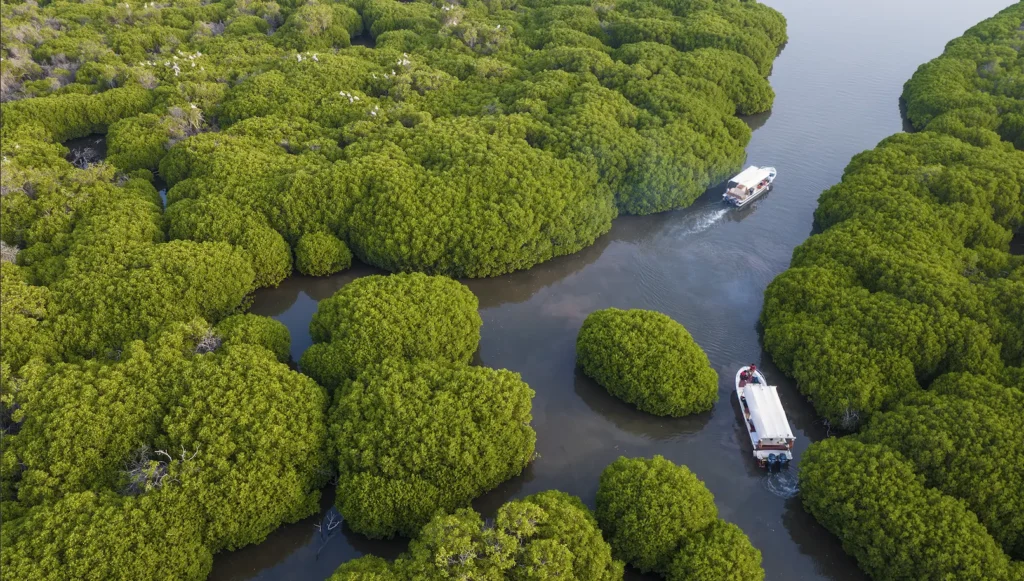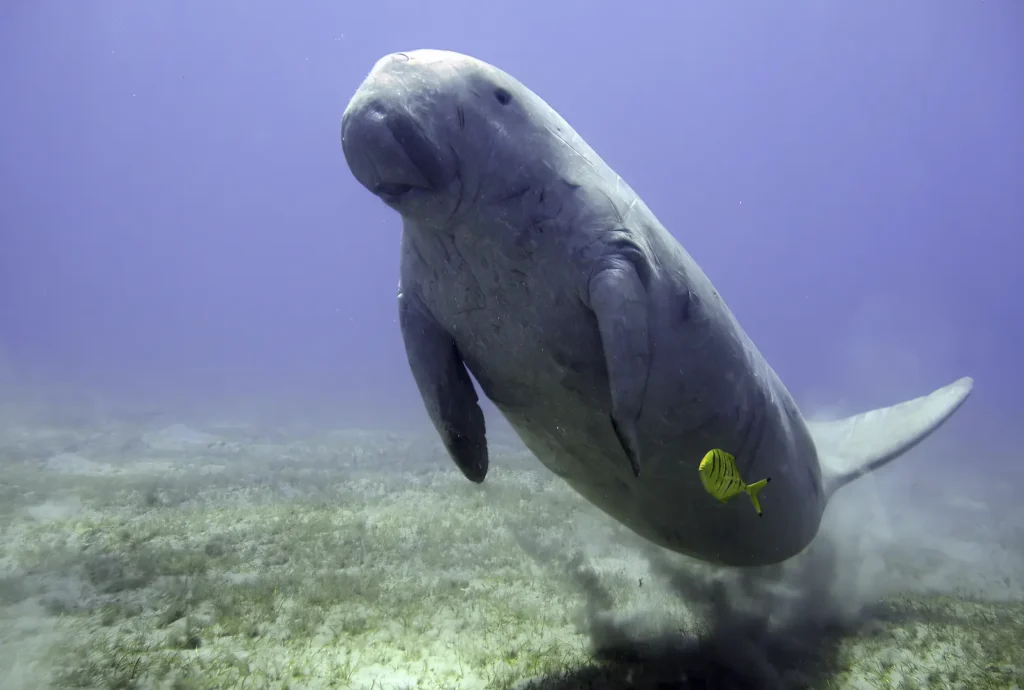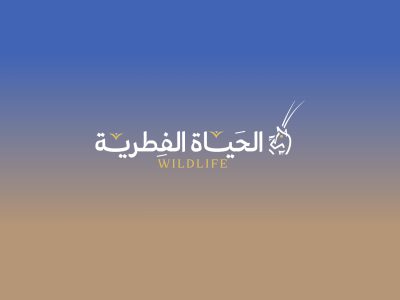The unexplored marine areas of the Red Sea conceal countless secrets. From the smallest micro-organisms to mighty whales, this vibrant world teems with life and diversity, harbouring mysteries seldom dreamt of many of these hidden realms remained shrouded until the Red Sea Decade Expedition (RSDE), ventured into the depths, revealing a series of astonishing discoveries and introducing us to many new facts. The Red Sea is a huge body of water, separating Asia and Africa. It is the deepest, richest, and most diverse sea in the Middle East, extending from the Indian Ocean’s edge in the south to the Mediterranean Sea in the north.
During this expedition, scientists, and explorers shared their fascinating discoveries over 126 days, bringing to light the unknown wonders of the Red Sea. This excitement was captured in a scientific meeting attended by young Saudis, scientists, and researchers this past February.
Geological treasures revealed at a very special symposium.
The National Center for Wildlife (NCW), showcased this exceptional scientific achievement through the Red Sea Decade Expedition outcomes symposium. RSDE amassed an enormous amount of data, poised to revolutionize marine research. Such data is invaluable, supporting efforts to protect the marine environment by enhancing our understanding of biodiversity and its threats. Furthermore, this knowledge promotes eco-tourism, offering new insights into sites of natural beauty and paving the way for sustainable development projects through informed decision-making.
Scientific Achievement
The symposium, under the patronage of his Excellency Eng. Abdulrahman AlFadley, brought together local and international marine science experts, government officials, and presented discussions on the expedition’s exploration of the Red Sea’s environments, biodiversity, and environmental characteristics. Aboard the international research vessel ‘Ocean Explorer’ and accompanied by the national vessel ‘Al-Azizi’, 126 researchers collaborated with institutions such as King Abdullah University of Science and Technology, King Abdulaziz University, and King Fahd University of Petroleum and Minerals, alongside projects like NEOM, AMAALA, and the Red Sea Projects.
His Excellency Eng. Abdulrahman AlFadley, Minister of Environment, Water & Agriculture and Chairman of the Board of the National Center for Wildlife affirmed that, “The Red Sea Decade Expedition is exemplifies the Kingdom’s dedication to safeguarding the marine environment. It reflects our commitment to applying the best global practices to preserve biodiversity and ecosystems, aiming for sustainable management, in alignment with Saudi’s Vision 2030.”

Marine Habitat Conservation
The symposium featured lectures and discussions on preserving marine habitats, ensuring their sustainability. Highlights included:
Biodiversity and distribution of mesophotic and deep coral reefs in the Red Sea
Exploration of the Farasan’s Blue Holes and Subsurface Sinkholes
Assessing the abundance of anthropogenic seafloor litter in the Eastern Red Sea
Volcanoes & chimneys in the deep Red Sea
Uncovering the diversity of crustose coralline algae in the mesophotic Red Sea
“Studies and research deepen our understanding of the marine environment, uniting efforts to safeguard and promote its preservation. The National Center for Wildlife is committed to developing plans for data preservation and dissemination, supporting both research and business growth.”
— Dr. Mohammad Qurban, CEO, National Center for Wildlife
Future Goals
The Red Sea Decade Expedition began in February 2022 with the aim of studying the entire Saudi Red Sea economic zone. Investigating both shallow and deep-water habitats and examining biodiversity using the latest genomic methods, the expedition generated a database of applied research and information material.
Key objectives included:
Studying deep-water coral diversity and distribution
Exploring biodiversity from microorganisms to marine mammals
Investigating mid and deep-water marine life
Examining marine habitats and mammal diversity
Mapping the seabed in coastal and deep waters.

The Red Sea Decade Expedition, an initiative of the National Center for Wildlife, embarked from the Islamic Port of Jeddah, surveying unexplored regions from the Afifi area in the southern Red Sea to Aqaba Bay in the north. Accompanying this research were efforts to produce documentary and media materials, developing a clear vision of the Red Sea’s environments, studying marine species, and creating biological maps of coral reefs, seagrasses, marine turtles, and other wildlife.
“The Red Sea Decade Expedition collected over 3,000 samples, uncovering previously unknown species and highlighting the Red Sea’s rich biodiversity. Beyond discovery, we’re developing strategies to protect endangered ecosystems, identify areas of high biodiversity, and understand ecosystem interactions. This research provides a strong foundation for a sustainable future for Red Sea marine life.”
— Omar Abu Nayyan, Project Manager, Red Sea Decade Expedition (RSDE)
“The expedition team conducted extensive studies and research to formulate strategies aimed at safeguarding endangered marine systems and species within the surveyed regions. Marine exploration is crucial for establishing a comprehensive biodiversity baseline, identifying critical hotspots and unique features warranting protection, and evaluating the interconnectedness of ecosystems.”
— Prof. Carlos Duarte, King Abdullah University of Science and Technology
Numbers from the Expedition
During the expedition, an impressive array of over 800 samples was gathered. This collection included 2,048 biological specimens for DNA analysis, 235 core sediment samples from the deep sea, and 150 live coral reef samples. Additionally, a comprehensive mapping of 62,758 square kilometres of the deep sea was completed, alongside 155 diving operations to evaluate marine habitats. These dives were supported by 44 manned submarine missions and 133 remotely operated submarine expeditions.
The research was conducted with the participation of more than 80 scientists and marine environment researchers. They were supported by two vessels—one national and one international. An aerial survey covered 373 square kilometres via 47 sorties, contributing further to the thorough exploration and study of the region’s marine biodiversity and habitats.

Coral reefs
During the expedition, researchers surveyed coral reefs across the Kingdom, uncovering numerous enchanting spots ideal for diving. They discovered picturesque coral reefs in deeper waters, which were extensively studied. Megan Nolan, a doctoral candidtate in marine sciences at King Abdullah University of Science and Technology, highlighted, “We collected environmental data and measured the distribution of coral reefs, reaching depths of 310 meters into the Red Sea. This was one of the most significant studies we have undertaken.”
Large creatures
The researchers of the Red Sea Decade Expedition observed several large marine creatures, including sharks, rays, and whales. Notably, the expedition documented the first Bryde’s whale registered in the Red Sea, suggesting that this species has started to settle and reproduce in the region. Sofia Frappi, a doctoral candidate in marine sciences at King Abdullah University of Science and Technology, confirmed, “During the exploratory trip to the Red Sea, we observed 600 fish species, constituting 90% of the shark species in the Red Sea, including rare sharks.”
Major Discoveries
The expedition yielded numerous significant findings, including the identification of blue holes in the southern Kingdom, four new coral species, and a substantial biomass of lantern fish at depths of up to 1,000 metres. A volcanic mountain over 200 metres high was discovered at 400 metres depth. These revelations have profoundly enriched our understanding of the Red Sea’s depths.

Strategic Objectives
The expedition aligns with the National Center for Wildlife’s mission to preserve and enhance biodiversity and ecosystems within the Kingdom. By highlighting the unique features of the Red Sea, the expedition has increased awareness of the region’s environmental wealth and biological diversity, showcasing the beauty and ecological significance of the marine ecosystems.
This remarkable expedition has not only unveiled the hidden wonders of the Red Sea but also laid a strong foundation for future conservation efforts, ensuring the sustainability and protection of this extraordinary marine environment.




